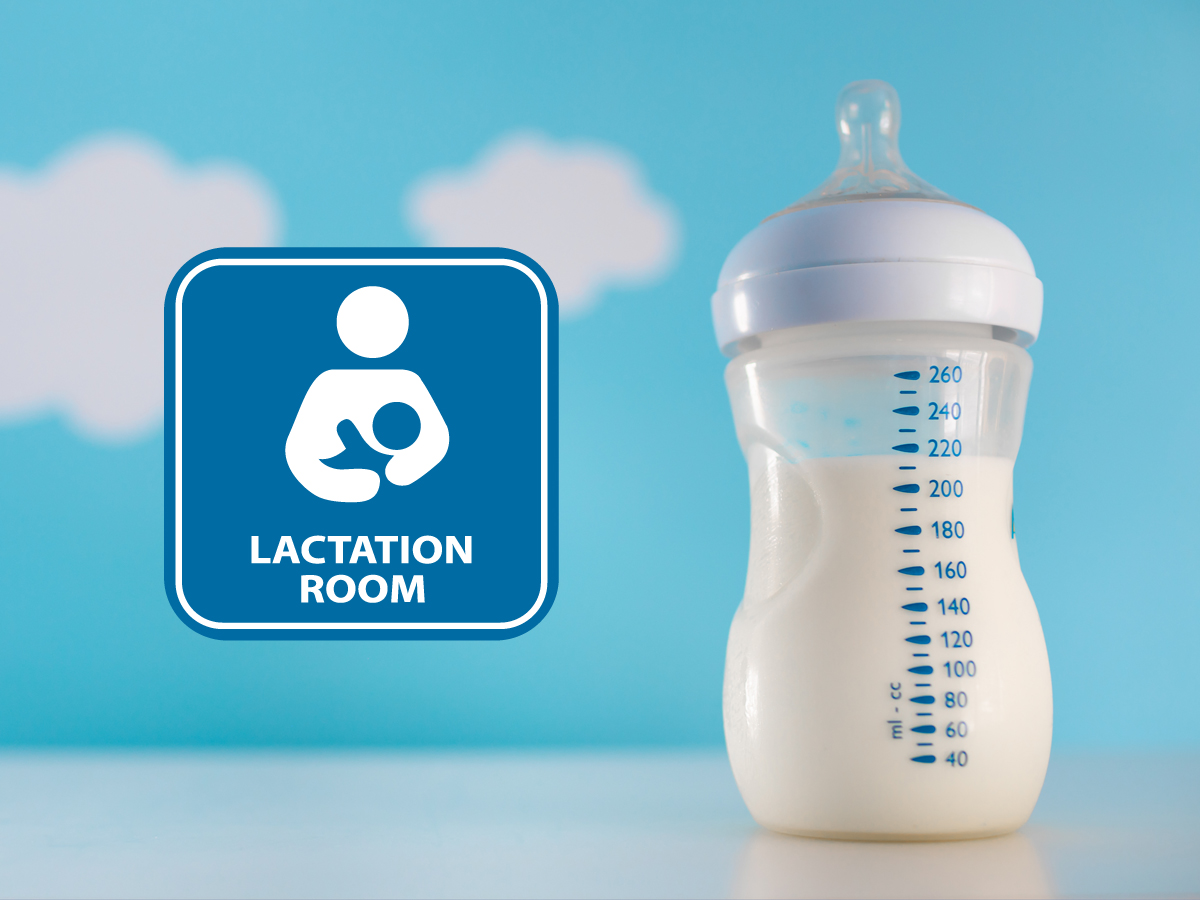Lactation plan – support for Canadian Armed Forces members nursing and/or pumping
By Lookout Production on Sep 10, 2021 with Comments 0
DND
When Major Shannon Archer went back to work in June nine weeks after the birth of her son, there was a room in her building she could have used to pump her breast milk. But it was a public space with clear windows that didn’t provide adequate privacy.
Instead she would go to her car to pump her breast milk several times a day.
With CANFORGEN 116/21, Support to Members Pumping and/or Nursing (information accessible only on the National Defence network) being issued July 28, all that changed in a matter of days.
“I came back to work after the August long weekend, and they had a dedicated lactation room set up that was adequate and appropriate, with a chair and a desk, and just around the corner from a washroom and the kitchen area,” she says. “My chain of command was very supportive. The CANFORGEN lays it out clearly.”
The CANFORGEN directs Commanding Officers to put in place a lactation plan that includes a minimum of one lactation room for every 400 personnel.
Potential secondary spaces for future use will also be considered, as well as how this need can be met in a field or operational environment.
Designated lactation rooms should be located in safe, central, and accessible areas, and supervisors must make every effort to accommodate as much time as is needed by the member. Each designated room must have a locking door and should include a comfortable chair with arms and in close proximity to an electrical outlet. Other requirements include a cooler or mini fridge in which to store the milk, cubbies or drawers to store pumping materials, and a sink located nearby to wash hands and pumping pieces.
While some units have promoted the use of offices, provided they meet some or all of these criteria, bathroom facilities are not considered appropriate.
Once the rooms are established, they will be open to DND employees and CAF members.
Maj Archer, who joined the Canadian Armed Forces (CAF) in 2008, says her mother was also in the CAF at a markedly different time. She had to give up breastfeeding when she went back to work 16 weeks postpartum because of a lack of accommodation. This was in the 1980s.
Today, Health Canada and the Canadian Paediatric Society recommend providing human milk to infants for up to two years and beyond, and many of those returning to the workplace continue to pump and/or nurse. This is a human right and should not be treated as a burden on the organization, regardless of the gender identity of the member.
CAF members are not required to produce evidence to prove or to justify their decision and their need to pump or nurse during work hours. Any members facing issues acquiring space and time can contact their local conflict and complaint management office.
Filed Under: Top Stories
About the Author:






